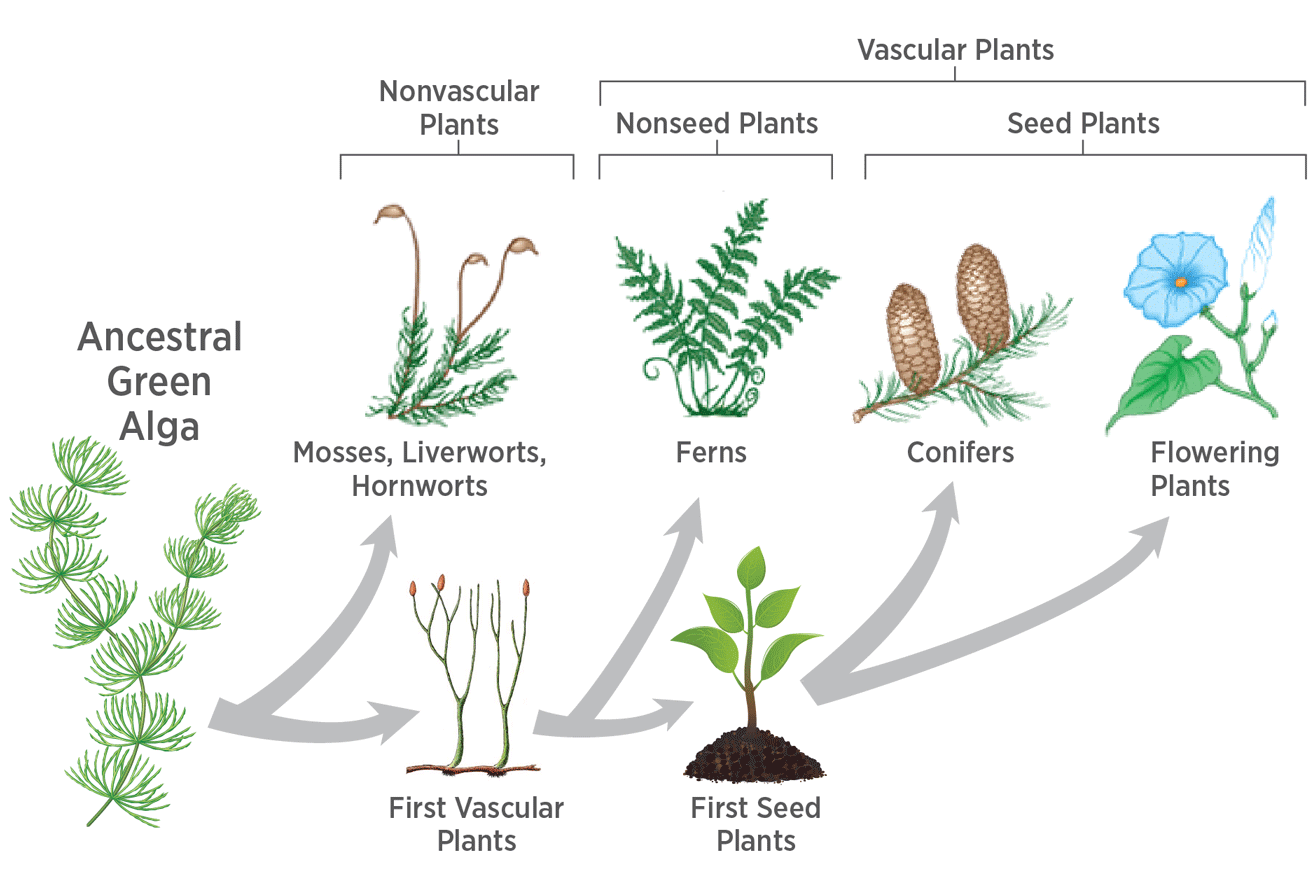Origin: a Latin derivative
meaning "Gift of the Earth."
- Shop
-
Our Story
- View Our Story Home
-
Who we are...
-
Who we are...
An essential oil company changing the world one drop at a time.
- About doTERRA
- Our Story
- Executives
- Science
-
-
What we do...
-
What we do...
Provide pure, high quality essential oils and products.
- About Essential Oils
- What is an essential oil?
- Why doTERRA?
- Essential Oil Safety
-
-
Why we do it...
-
Why we do it...
To empower you and your loved ones to live a wellness lifestyle.
- The dōTERRA Difference
- Co-Impact Sourcing
- CPTG® Quality Control
- Global Botanical Network
- Product Innovation
- Source to You
- Co-Impact Sourcing Projects
- Bulgaria
- Guatemala
- Additional Projects
-
-
dōTERRA[doh-ter-ah]
Video disabled by your privacy settings
-
Discover
- View Discover Home
- Healing Hands
- Product Education
- Blog
- Tools
-
doTERRA Events
 See All Events
See All Events
- Resources
- Help
Part 3: Growth, Reproduction, and Evolution—Plant Evolution

Evolution is the process of gradual changes that occur in living organisms over time, allowing them to adapt to their environment. Evolution is not easy to see because it often occurs over hundreds, thousands, or even millions of years. DNA, or the genetic material of an organism, is the basis of these changes.
DNA segments called genes code for new RNA and proteins. Sometimes, mutations can occur in the gene, which can then also change RNA and proteins. If the mutation is harmful, the organism may lose its ability to reproduce or die prematurely, making it less likely to propagate that gene into future offspring. If the mutation is beneficial, it will give the organism a competitive advantage, making it more likely to survive and reproduce.
As shown in the image, plants are thought to have evolved from an aquatic green alga protist. Protists are a group of organisms possessing a clearly defined nucleus that cannot be classified as being in any of the Kingdoms. Later, they evolved important adaptations for land, including vascular tissues, seeds, and flowers. Each of these major adaptations made plants better suited for life on dry land and much more successful.
-
Share
- Share on Facebook
- Tweet this
- Pin it
-
Get Link
- Hi-Res Image




